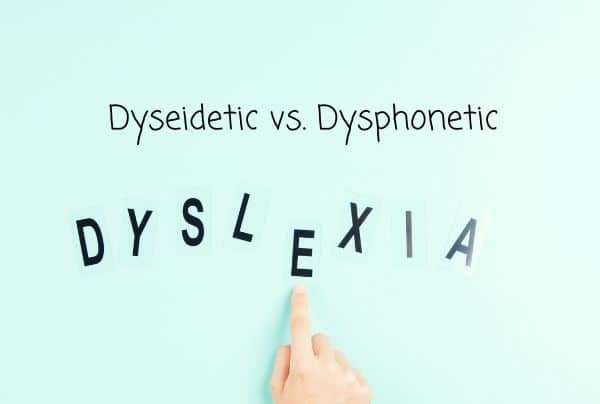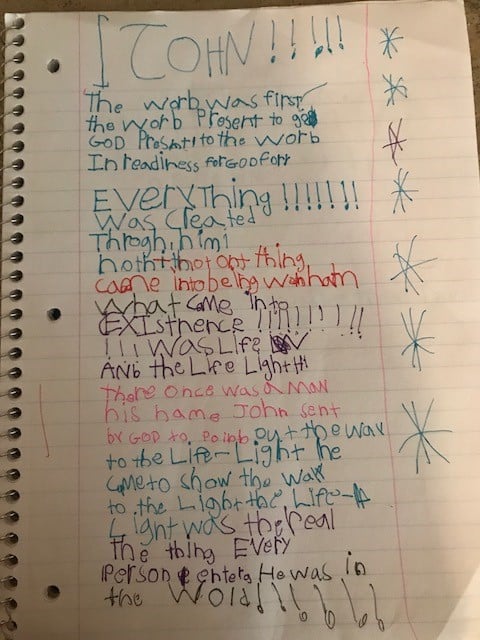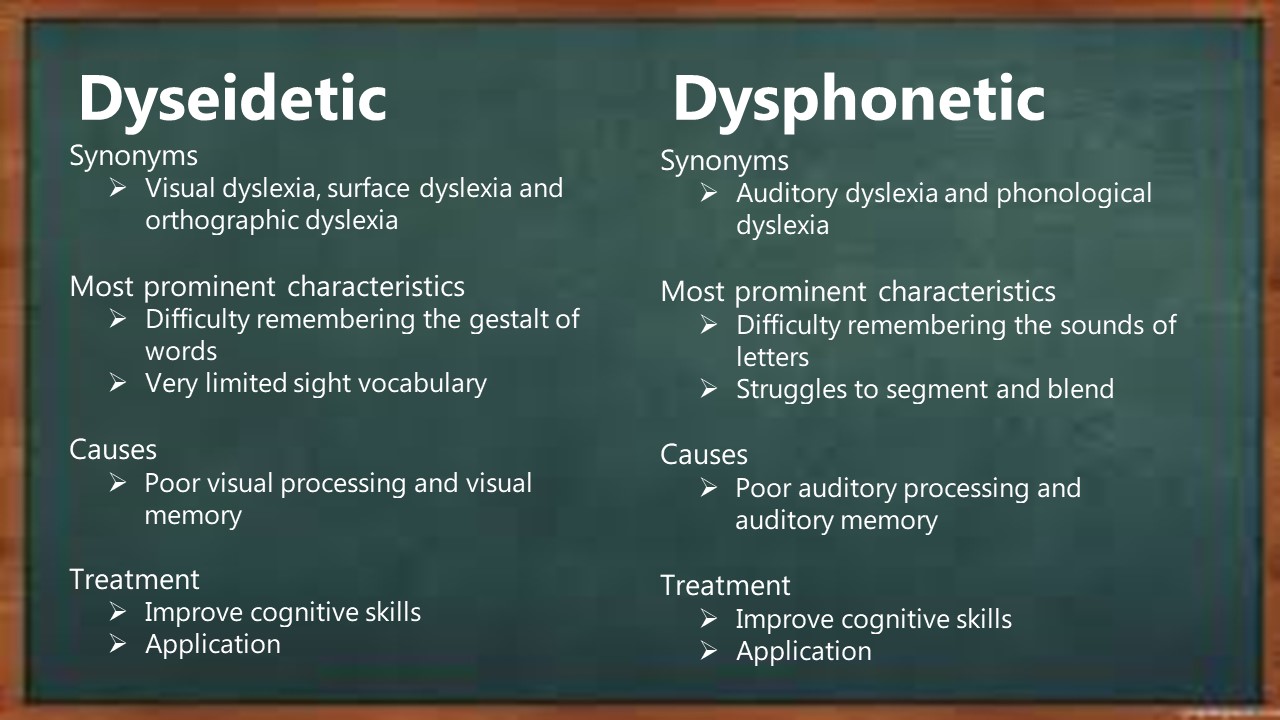
Deer momee and dadee
I bo not wont to do to shool eny more becouse the children ar lafing at me. I canot reed pleese help me
your sun david
David is not slow at learning. In fact, according to the evaluations of a few professionals, he is rather intelligent. Yet he certainly has a problem, and he shares his problem with millions of other children and adults. David has dyslexia.
The term dyslexia was introduced in 1884 by the German ophthalmologist R. Berlin. He coined it from the Greek words dys, meaning ill or difficult, and lexis, meaning word, and used it to describe a specific disturbance of reading without pathological conditions in the visual organs. In a later publication in 1887, Berlin stated that dyslexia, “presuming right-handedness,” is caused by a left-sided cerebral lesion. He spoke of “word blindness” and detailed his observations with six patients with brain lesions who had full command over verbal communications but had lost the ability to read.
In the century to follow, the narrow definition Berlin attached to the term dyslexia would broaden. Today, the term dyslexia is frequently used to refer to a typical child — or adult — who seems brighter than what his reading and written work suggest. While the term is used primarily to describe a severe reading problem, there has been little agreement in the literature or practice concerning the definition of severe or the specific distinguishing characteristics that differentiate dyslexia from other reading problems.
The terms dyseidetic and dysphonetic describe two main types of dyslexia.
.
What is dyseidetic dyslexia?
The prominent characteristic of dyseidetic dyslexia, also called surface dyslexia and orthographic dyslexia, is the inability to revisualize the gestalt of words. Usually, the child has little difficulty spelling words that may be long but are phonetically regular. The small but irregular non-phonetic words, such as what, the, talk, and does, create the greatest difficulty for this child.
Author Corinne Roth Smith lists the reading and spelling patterns of children with dyseidetic dyslexia:

• Confusion with letters that differ in orientation (b-d, p-q).
• Confusion with words that can be dynamically reversed (was-saw).
• Very limited sight vocabulary; few words are instantly recognized from their whole configuration — they need to be sounded out laboriously, as though being seen for the first time.
• Losing the place because one doesn’t instantly recognize what had already been read, as when switching one’s gaze from the right side of one line to the left side of the next line.
• Omitting letters and words because they weren’t visually noted.
• Masking the image of one letter by moving the eye too rapidly to the subsequent letter may result in the omission of the first letter.
• Difficulty learning irregular words that can’t be sounded out (for example, sight).
• Difficulty with rapid retrieval of words due to visual retrieval weaknesses.
• Visual stimuli in reading prove so confusing that it is easier for the child to learn to read by first spelling the words orally and then putting them in print.
• Insertions, omissions, and substitutions if the passage’s meaning is guiding reading.
• Strengths in left hemisphere language processing, analytical and sequential abilities, and detail analysis; can laboriously sound out phonetically regular words even up to grade level.
• Difficulty recalling the shape of a letter when writing.
• Spells phonetically but not bizarrely (laf-laugh; bisnis-business).
• Can spell difficult phonetic words but not simple irregular words.
.
What is dysphonetic dyslexia?
Dysphonetic dyslexia, also called auditory dyslexia or phonological dyslexia, is, on the other hand, associated with phonological processing difficulties. These children have difficulty remembering letter sounds, analyzing the individual sounds in words, and sequencing/blending these into words.
Smith lists the reading and spelling patterns of children with dysphonetic dyslexia:
• Difficulty discriminating between individual sounds in beginning reading instructions (occurs very seldom).
• Difficulty processing rapid auditory inputs so that consonant sounds that cannot be sustained (p-b) are not perceived; these may then be omitted in reading.
• Poor ability to analyze the sequence of sounds and syllables in words; consequently, they become reversed in reading words; this is akin to the problem faced orally when poor auditory analysis has taught the child such phrases as “lead a snot into temptation” and “Harold be Thy name” in the Lord’s prayer, or “lmnop” being one lumped cluster in the alphabet song.
• Poor ability to remember individual sounds or sequences of sounds.
• Difficulty blending individual sounds into words.
• Difficulty listening to words and omitting one sound and substituting it for another (say cat; now take off the /c/ and put on an /f/); such abilities are essential for word analysis because that is what figuring out how to decode a word phonetically is all about; children usually develop this skill with initial consonants, and then medial vowels or consonants.
• Difficulty remembering the sounds that individual letters and phonetically regular and irregular letter combinations represent.
• Inability to rapidly retrieve letter sounds while analyzing words so that the beginning of the word is forgotten by the time the last letter of the word is recalled (naming problem).
• Difficulty analyzing unknown words because of poor knowledge of phonetic rules and difficulty sequencing sounds.
• Difficulty applying the phonetic rules from words that can be read to pseudowords that follow the same pattern but are not actual words.
• Vowel sounds are particularly troublesome.
• Word substitutions that are conceptually (person, human) or visually (horse, house) related but not phonetically related.
• Limited sight vocabulary because the student cannot memorize an abundance of words without the benefit of phonetic cues.
• Guessing at unfamiliar words rather than employing word-analysis skills.
• Spelling remains below reading level because it is attempted by sight rather than by ear.
• Correct spellings occur primarily on words the child has encountered repeatedly and can, therefore, be revisualized.
• Bizarre spellings that seldom can be identified, even by the child, because they do not follow phonetic patterns.
• Extraneous letters and omitted syllables in spelling.
.
What causes dyseidetic and dysphonetic dyslexia?
Two brain regions are involved in reading: one in sounding out words and the other in seeing words as pictures.
Neuroscientists at Georgetown University Medical Center (2016) discovered that skilled readers can recognize words at lightning-fast speed when they read because the words have been placed in a sort of visual dictionary. This part of the brain is the visual word form area and functions separately from an area that processes written word sounds.
Glezer and her coauthors tested word recognition in 27 volunteers in two different experiments using fMRI. They could see that words that were different but sound the same, like ‘hare’ and ‘hair,’ activate different neurons, akin to accessing different entries in a dictionary’s catalog. If the sounds of the word had influence in this part of the brain, we would expect to see that they activate the same or similar neurons, but this was not the case — ‘hair’ and ‘hare’ looked just as different as ‘hair’ and ‘soup.’
In addition, the researchers found a different distinct region sensitive to the sounds, where ‘hair’ and ‘hare’ did look the same. The researchers thus showed that the brain has areas that specialize in doing each of the components of reading: one region is doing the visual piece, and the other is doing the sound piece. The part of the brain that does not work well in the case of a child with dyseidetic dyslexia is most likely the region that is doing the visual piece. In contrast, the part of the brain that does not work well in the case of a child with dysphonetic dyslexia is the auditory piece.
Glezer’s research confirms that phonological and auditory memory are foundational to learning sounds and phonics, and weaknesses in these areas may cause dysphonetic dyslexia. On the other hand, visual processing and visual memory are foundational to revisualizing the gestalt of words, and deficiencies in these areas may cause dyseidetic dyslexia.
.
How can children with dyslexia be helped?
The good news is that weaknesses in foundational skills can be attacked head-on; it is possible to strengthen these cognitive skills through training and practice. Edublox’s Development Tutor aims to improve underlying cognitive skills, including visual and auditory memory.
In addition, a child with dyslexia will also need application in the form of reading and spelling exercises. Edublox’s live tutoring services can best accomplish this. Our live tutoring program is based on the Orton Gillingham approach but simultaneously aims to develop the brain’s visual word form area mentioned above. If live tutoring is impossible, you might want to consider Edublox’s Reading Tutor program.
.
Book a free consultation to discuss your child’s learning needs..
.
Key takeaways

.
Authored by Susan du Plessis (B.A. Hons Psychology; B.D.) with 30+ years’ experience in the LD field.
